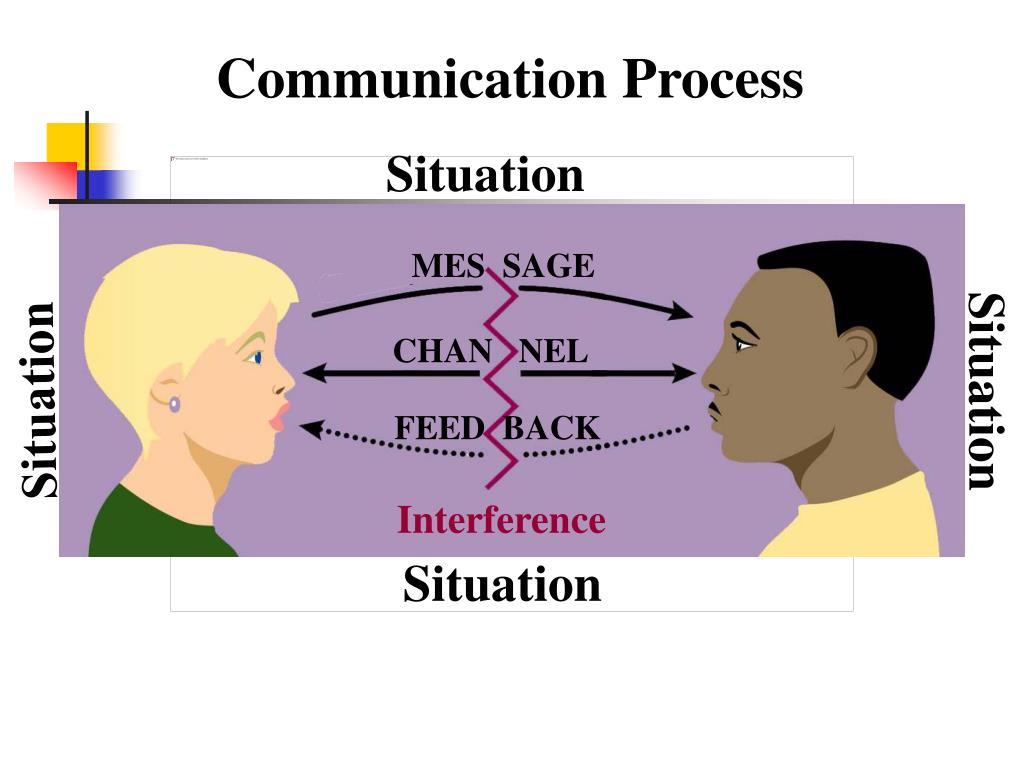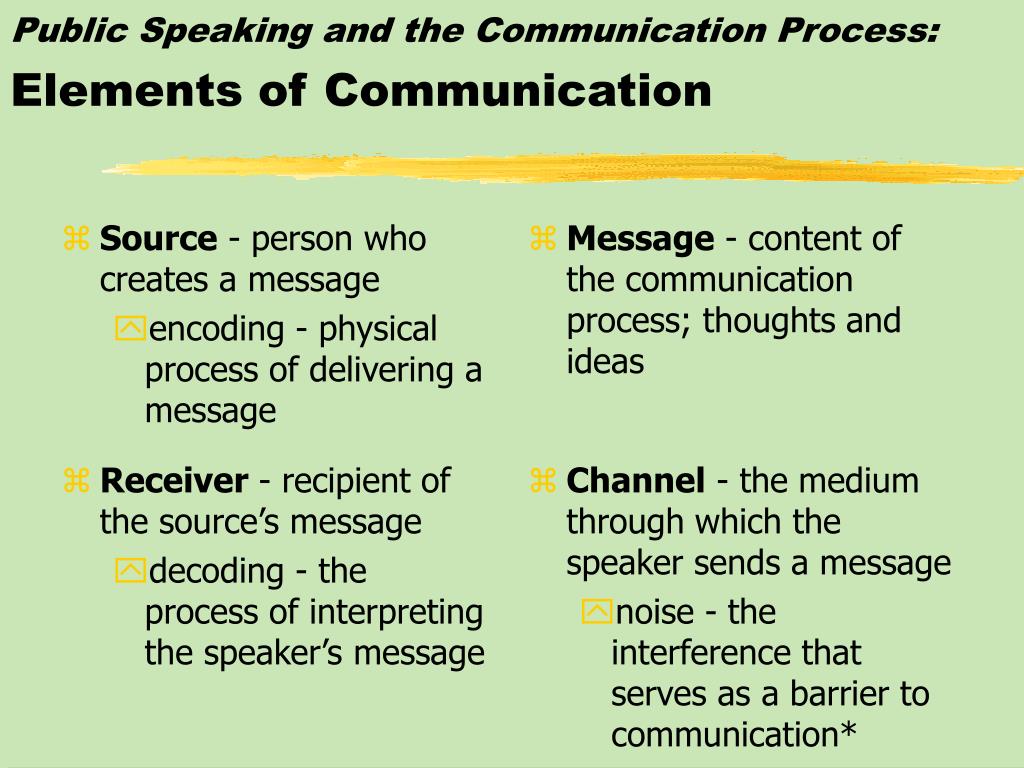


This growth enables neurons at the later stages of the auditory pathway to assign phonological status to speech according to the infant’s native language environment. Neurons at the earlier stages of the ascending auditory pathway mature rapidly during infancy facilitating the encoding of both native and non-native sounds. Specifically, we postulated a two-level process to explain the decrease in sensitivity to non-native phonemes toward the end of infancy.

We investigated the development of early-latency and long-latency brain responses to native and non-native speech to shed light on the neurophysiological underpinnings of perceptual narrowing and early language development.


 0 kommentar(er)
0 kommentar(er)
